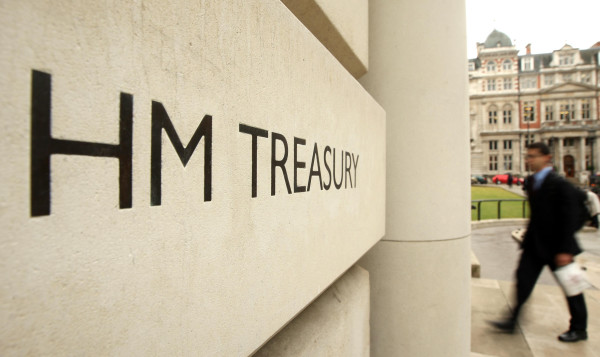

Data from HMRC showed the amount of tax relief the taxman expects to be granted to EIS and SEIS investors in the current tax year is £775m, considerably less than the £830m granted last year.
Data compiled by private equity firm Growthdeck showed the number of investors claiming tax relief through EIS fell to 33,190 in 2017/18, down from 33,610 in 2016/17 and 35,580 in 2015/16, while the amount of funding raised by companies using EISs for the first time also fell by 10 per cent to £759m in 2017/18.
Investors in EIS qualifying companies can receive a tax break of as much as 50 per cent of the amount invested, with any income and capital gains exempt from tax.
But changes introduced in the 2017 budget saw then chancellor Philip Hammond tighten the rules around the types of companies that can be invested in through the schemes.
In particular Mr Hammond sought to encourage investment into “knowledge based” companies, rather than “asset based” businesses.
Asset-backed businesses include companies such as bars or restaurants, where tax relief is gained, but the investor owns the property, and so the risk is lower.
HMRC was worried that too many EIS investments were made with capital preservation in mind, when the aim of the EIS tax breaks was to incentivise investment into risk assets.
Gary Robins, head of business development at Growthdeck, called for a further change to the rules to allow investors back other parts of the economy, such as SMEs.
He said: "Brexit uncertainties have slowed lending by UK banks to SMEs. Some simple reforms to EIS could help fill that gap by increasing funding from private investors.
"It is time to cut red tape, reverse restrictions and use the scheme to help keep the post-Brexit economy growing.”
Alex Davies, founder of consultancy Wealth Club, estimated the rule changes will see about £600m of capital leave the market.
Mr Davies said: “About £600m of investments that were made under the old rules are not eligible now, in areas such as media and film and other asset backed businesses.
"A lot of that amount would have been cash placed by financial advisers on behalf of their clients, and while some of the cash has gone into investments that are eligible now, the £600m gap is a big one to fill.”
Francis Klonowski, an adviser at Klonowski and Co in Leeds, said: “I have discussed EIS with a couple of clients over the years, but in the end they decided not to do them, as they felt the risks of the underlying investments were too high.
"As an adviser, I was brought up to believe you should never invest in something just for the tax breaks, and I agree with that, the two or three clients I have discussed it with have ended up deciding to pay the tax instead.”
Paul Stocks, financial services director at Dobson and Hodge in Doncaster, said: “I haven’t personally done an EIS for clients, but the firm have done a couple.
"I think it comes up as an option when someone has a large capital gains tax liability. But there hasn’t been an occasion with a client so far where EIS or SEIS investments have been the right option.”
david.thorpe@ft.com
What do you think about the issues raised by this story? Email us on fa.letters@ft.com to let us know.



